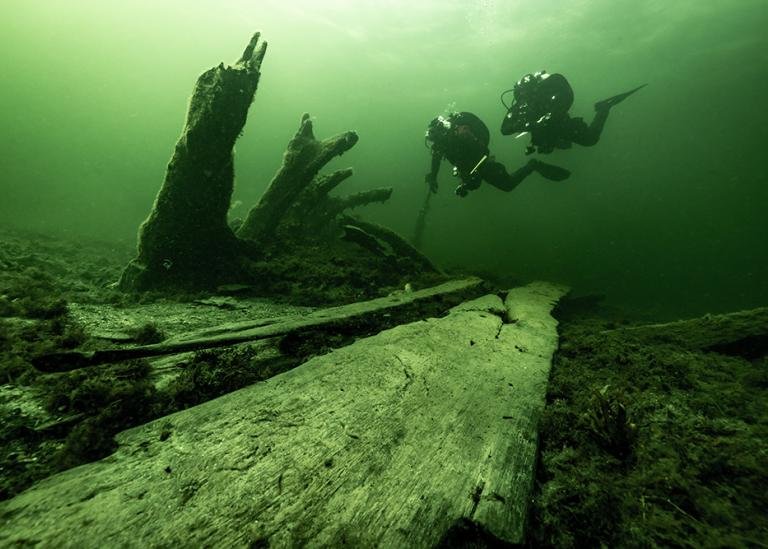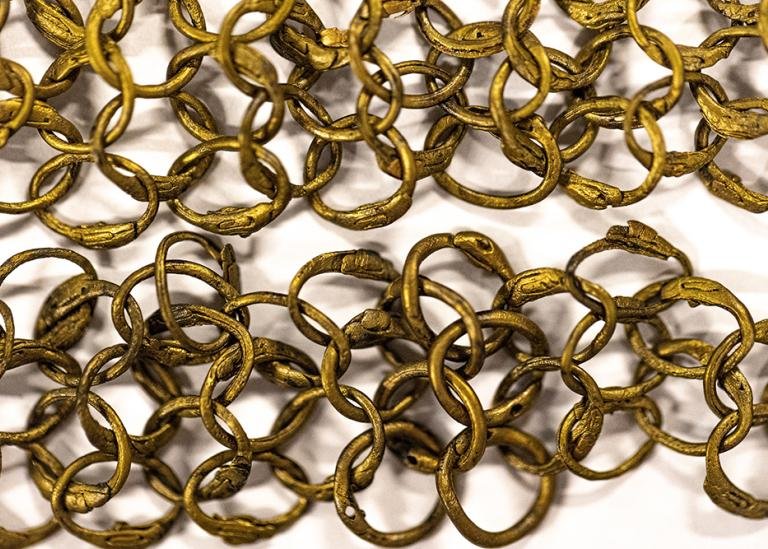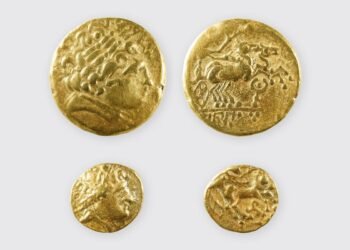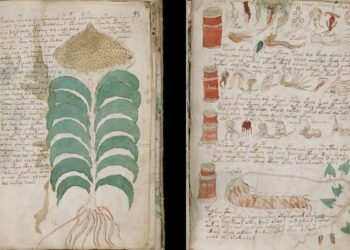An extensive exploration of the wreck of the royal flagship Gribshunden, led by underwater archaeologists from Södertörn University in collaboration with the CEMAS/Institute for Archaeology and Ancient Culture at Stockholm University, has unearthed a trove of new findings.

The Gribshunden, a Danish warship, sank in 1495 near the town of Ronneby, Sweden, following a devastating explosion while en route to Kalmar from Copenhagen. Recent investigations, spanning several years, provide a wealth of information about the ship’s construction, armaments, and the circumstances surrounding its demise.
Discovered initially by a diving club in the 1970s, the wreck’s true identity wasn’t confirmed until 2013. However, its historical importance as the world’s best-preserved ship from the Age of Exploration has only come to light in recent years. The flagship, under the command of King John I of Denmark, was a pivotal vessel of its time, representing the pinnacle of naval technology during the late Middle Ages.
Recent reports, including findings from 2023 by researchers Rolf Warming and Johan Rönnby, have brought forth significant discoveries. Among these are the revelation of a wooden war chest, containing an array of artifacts including molds and lead plates used for manufacturing ammunition. Warming, a key figure in the research, says “The contents of the weapon chest are undeniably one of the most important finds.”

In addition to the weapon chest, researchers have meticulously documented fragments of mail armor, indicating extensive repairs by soldiers of the era. Professor Kerstin Lidén from the Archaeological Research Laboratory at Stockholm University collaborated on the analysis of these armor fragments, revealing intricate details about their construction and history of use.
The exploration of the wreck has also yielded crucial information about the ship’s superstructure, particularly the fore and aft castles, which served as elevated combat platforms. Through advanced techniques such as photogrammetric 3D technology, researchers have been able to map and reconstruct these structures.
Rolf Warming’s ongoing dissertation project, “Soldiers at Sea,” delves into the weaponry technology aboard ships during the late Middle Ages. Reflecting on his work, Warming remarks, “Having worked on this wreck since 2015, it has been quite the adventure so far!”
Researchers from a range of institutions, including the National Museum of the Royal Navy and the University of Southampton, are collaborating on this endeavor. Supported by organizations such as the Voice of the Ocean Foundation and CEMAS, these efforts aim to piece together the puzzle of the Gribshunden’s story and its role in the broader context of naval history.
More information: Stockholm University






















